Asia’s LPG Cracking to Fall in October Amid Rising Prices: OPIS Poll
Asia’s flexible crackers are set to reduce LPG cracking volumes in October, as prices climb on stronger demand from Chinese importers following the U.S.-China tariff pause extension, the latest monthly OPIS cracking survey shows.
Flexible crackers capable of processing both naphtha and LPG plan to crack 434,000 metric tons of LPG in October, down from a revised September plan of 476,000 mt. This includes 297,000 mt of propane and 137,000 mt of butane, compared with 351,000 mt and 125,000 mt, respectively, in September.
The September cracking plan was revised upward from an earlier projection of 450,000 mt. Actual LPG cracking in August stood at 456,000 mt, above the initial plan of 437,800 mt.
Northeast Asia naphtha cracking cash margins were negative, at minus $140/mt in the week ending Aug. 21, versus minus $120/mt a week earlier, according to Chemical Market Analytics by OPIS.
The CFR Japan naphtha averaged $579.95/mt in August, down from $582.52/mt in July, while the CFR Japan propane averaged $520/mt in August, inching down from $523/mt in July, OPIS data shows.
Sources attributed the planned October decline to increased buying interest from Chinese propane dehydrogenation operators for October-delivery cargoes, which began gaining pace earlier this week. That buying strength pushed up October paper swaps and narrowed the Far East LPG to Japan naphtha quote spread — a key economic indicator used by many cracker operators when deciding whether to crack LPG or naphtha. Higher LPG paper prices have thus discouraged other cracker operators across Asia from securing forward cargoes.
OPIS tracked at least five buy tenders issued by Chinese importers in the week ended Sept. 5, seeking September and October delivery LPG cargoes.
The heightened demand was reflected in the paper market. October Far East paper swaps averaged $549/mt as of Thursday, up from an average of $544/mt in the week ended Aug. 29, OPIS assessments show. Meanwhile, stable naphtha swaps caused the Far East LPG to Japan naphtha quote spread to narrow, closing at minus $39.64/mt on Thursday — well above the minus $50/mt threshold where LPG typically becomes more economically attractive than naphtha for cracking.
“Most of the demand for October cargoes is coming from the Chinese PDH sector. There’s not much demand from crackers right now,” said one cracker operator. “LPG is not cheap enough compared to naphtha to justify cracking.”
Market analysts noted that many flexible crackers had already shifted to the spot market to procure October delivery naphtha since late August, when the Far East LPG to Japan naphtha quote spread began narrowing. Since the last week of August, at least seven buy tenders have been issued by Asian cracker operators seeking October delivery naphtha cargoes.
Another cracker operator pointed to persistently weak downstream demand as another reason for the drop in October’s cracking volumes. “Downstream demand has been sluggish for some time, and cracking margins are weak. With rising LPG prices on top of that, there’s no strong incentive to use LPG,” the operator said.
South Korean crackers plan to consume 222,000 mt of propane and 111,000 mt of butane in October, compared with September plans of 233,000 mt and 88,000 mt, respectively. Actual cracking volumes in August were 217,000 mt of propane and 88,000 mt of butane.
In Japan, where butane is the preferred alternative feedstock, planned LPG cracking volumes for October stand at 14,000 mt, down from 25,000 mt in September. August’s actual butane cracking was at 21,000 mt.
As of Sep. 4, spot CFR Japan naphtha was assessed at $592/mt, falling from $604/mt a month before, while the CFR Japan LPG flat price was assessed at $535/mt, up from $499/mt month on month, OPIS data shows.
Methodology: OPIS, a Dow Jones company, collects Asia-based petrochemical companies’ feedstock consumption plans for the current and next month, as well as actual consumption in the previous month. OPIS contacts feedstock procurement officers for the survey by phone, email or messages in the last week of the previous month or the first week of the current month. OPIS may use proxy data based on the best market information available for minor missing entries due to non-response by a stipulated deadline. Such proxies should not alter the overall trend or deviate from the general behaviors of most participants.
–Reporting by Cheryl Lee, clee@opisnet.com and Yiwen Ju, yju@opisnet.com; Editing by Mei-Hwen Wong, mwong@opisnet.com
